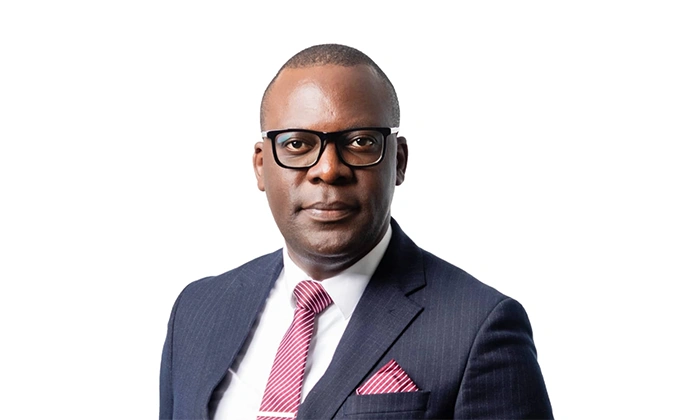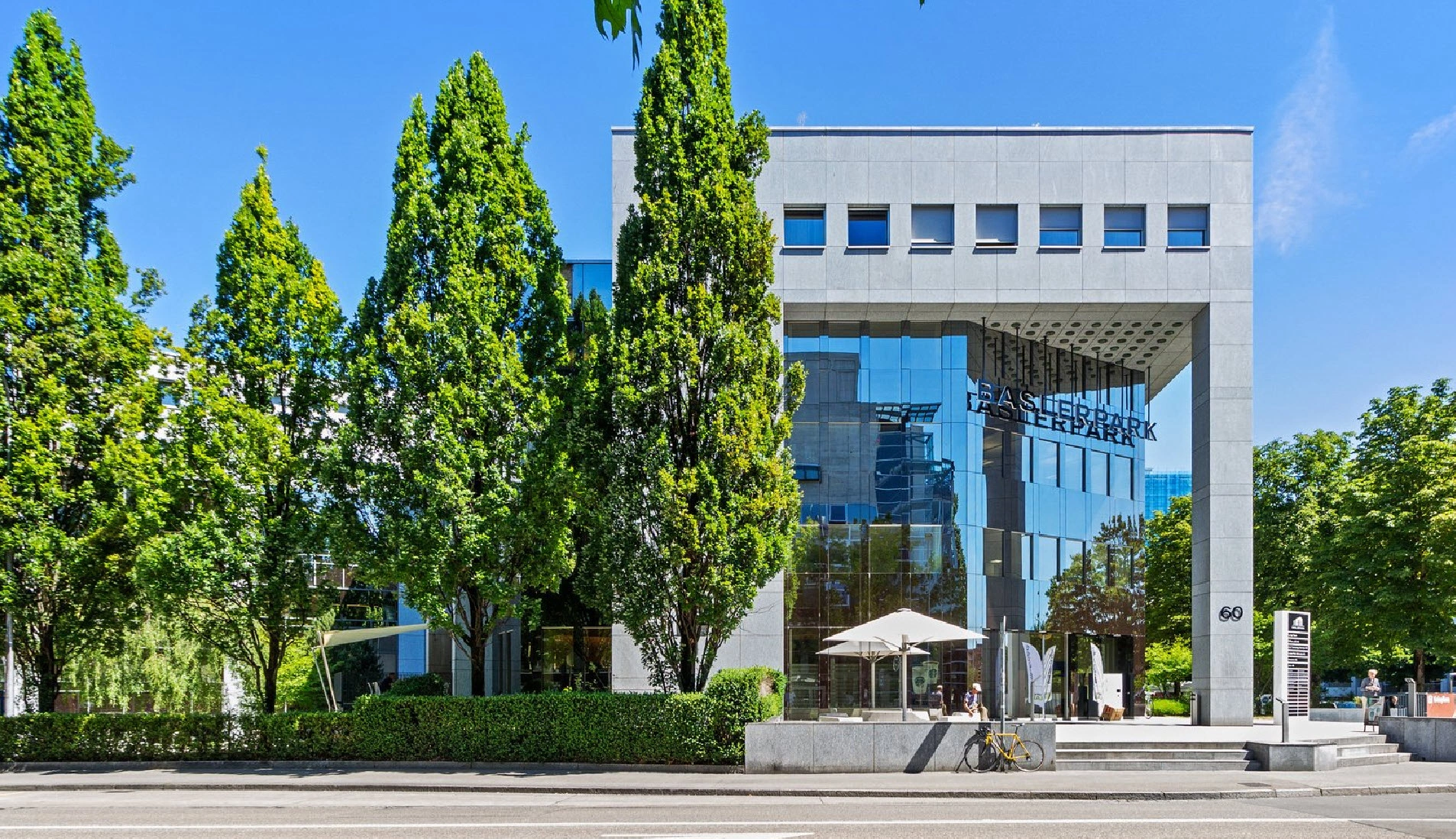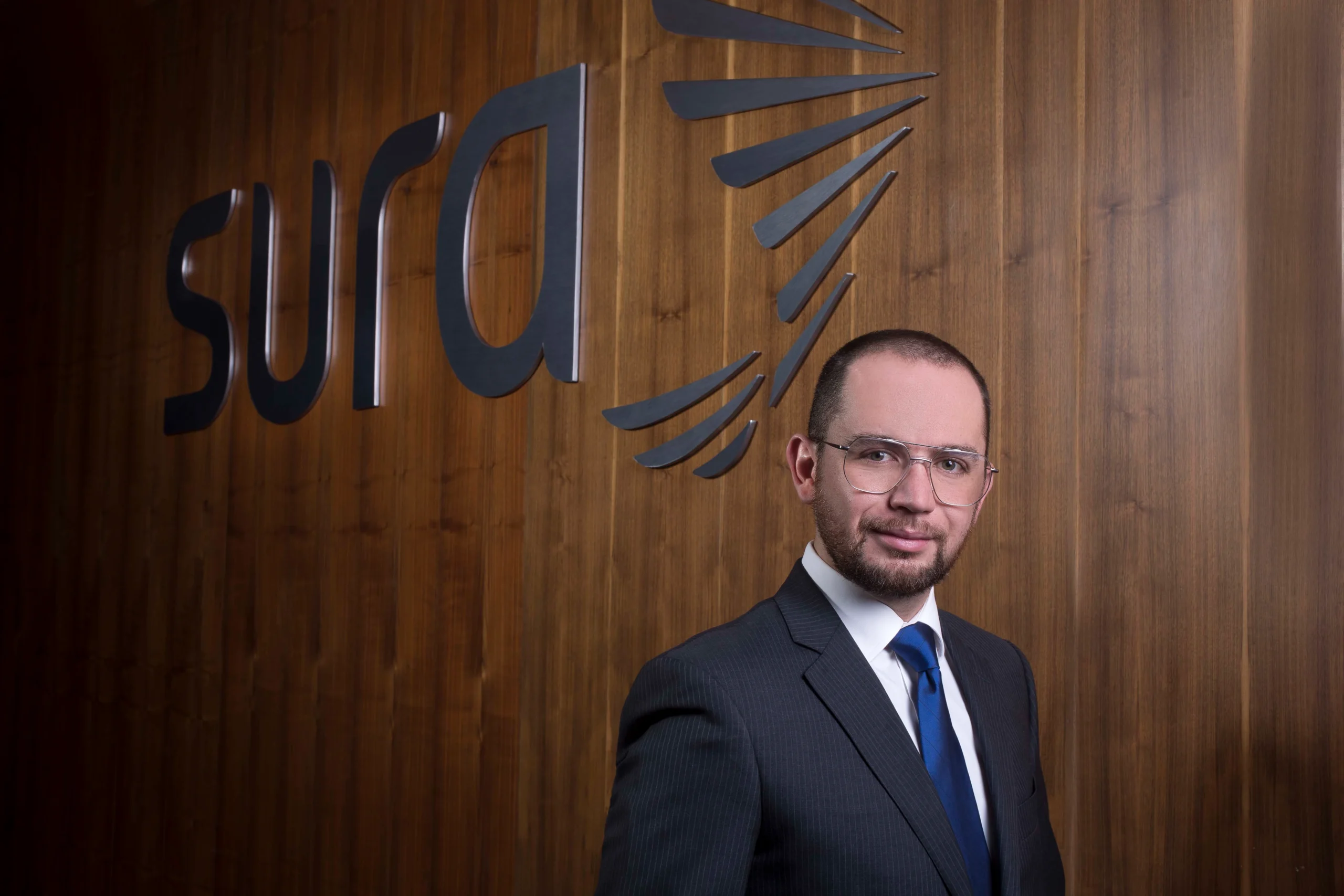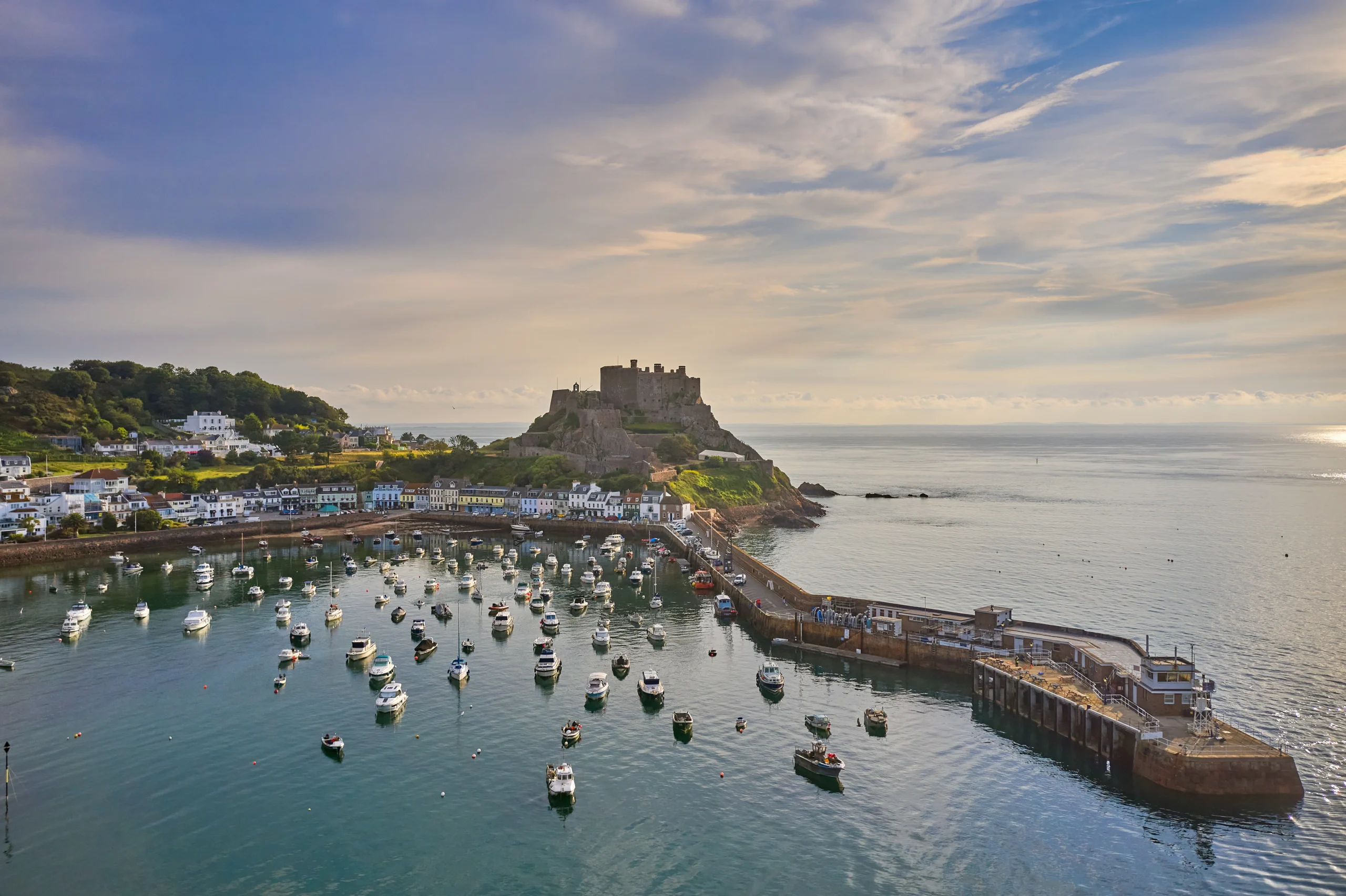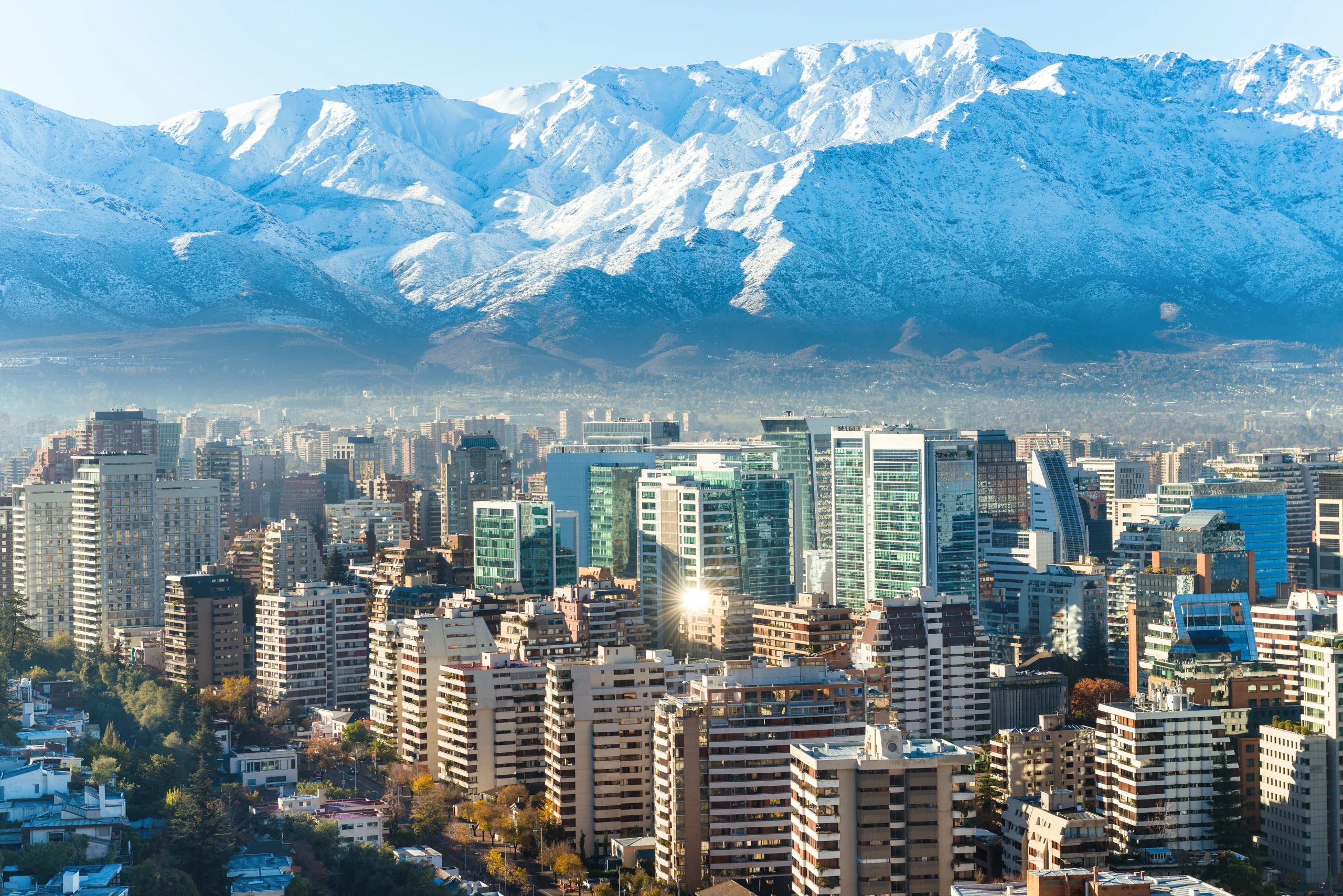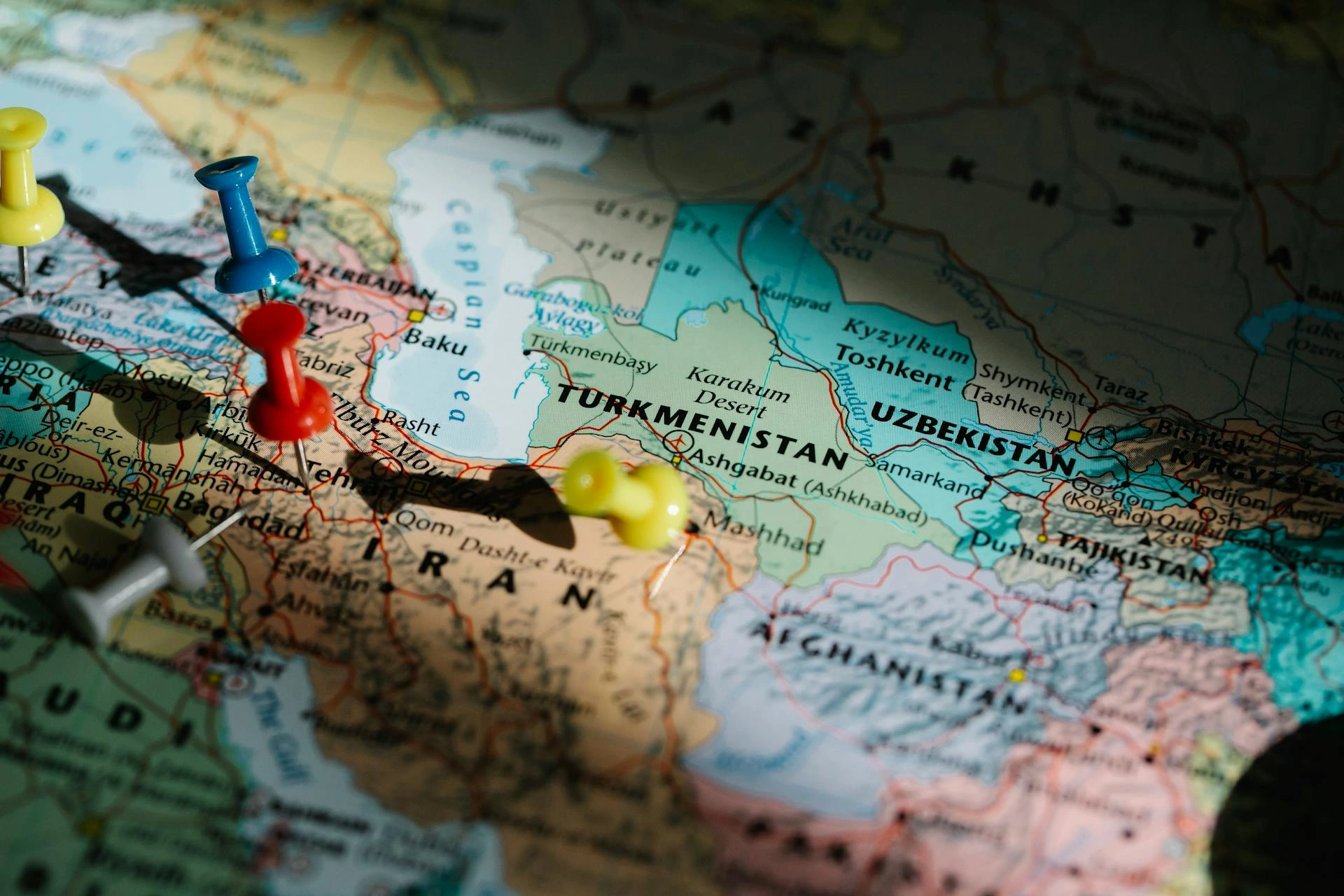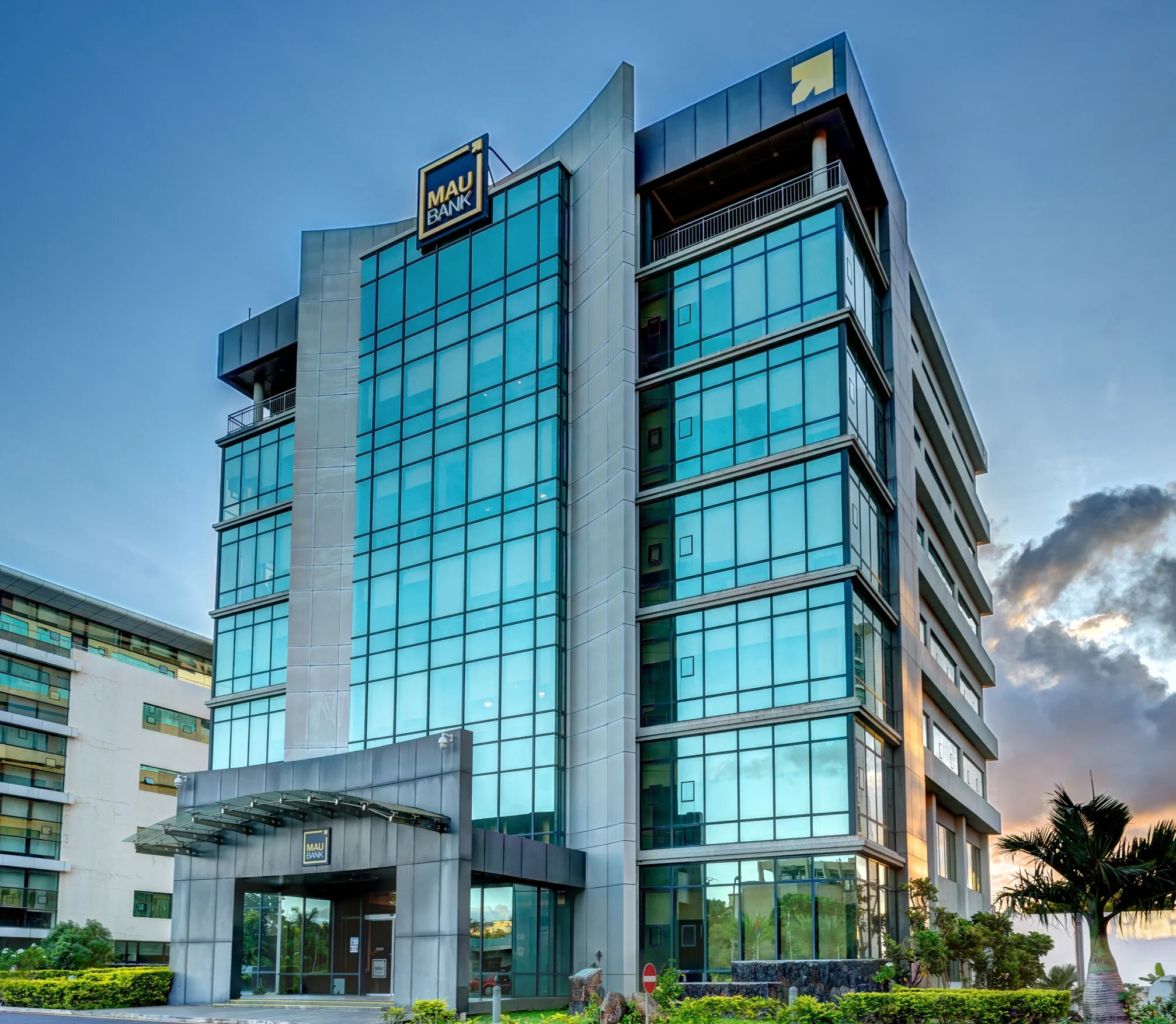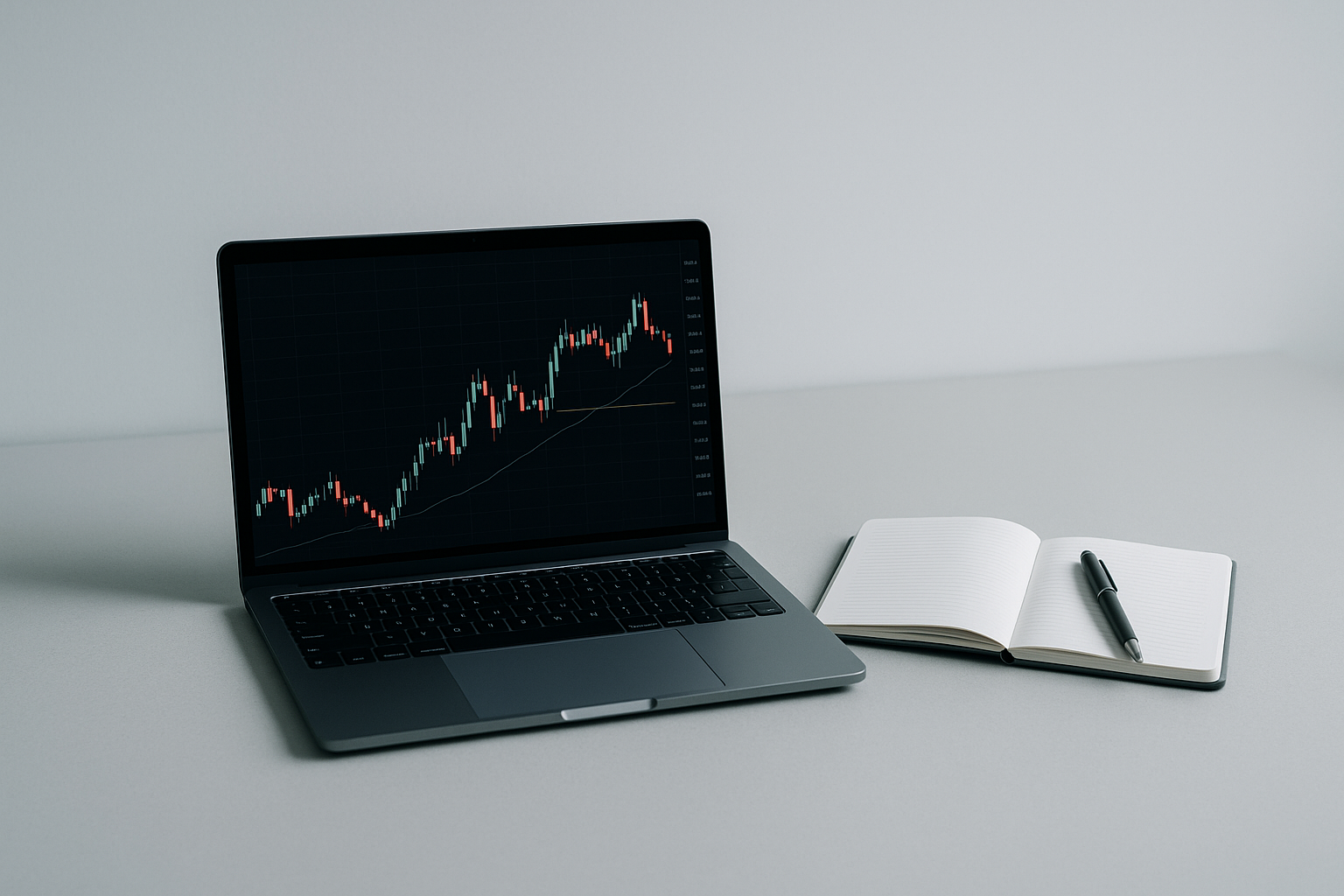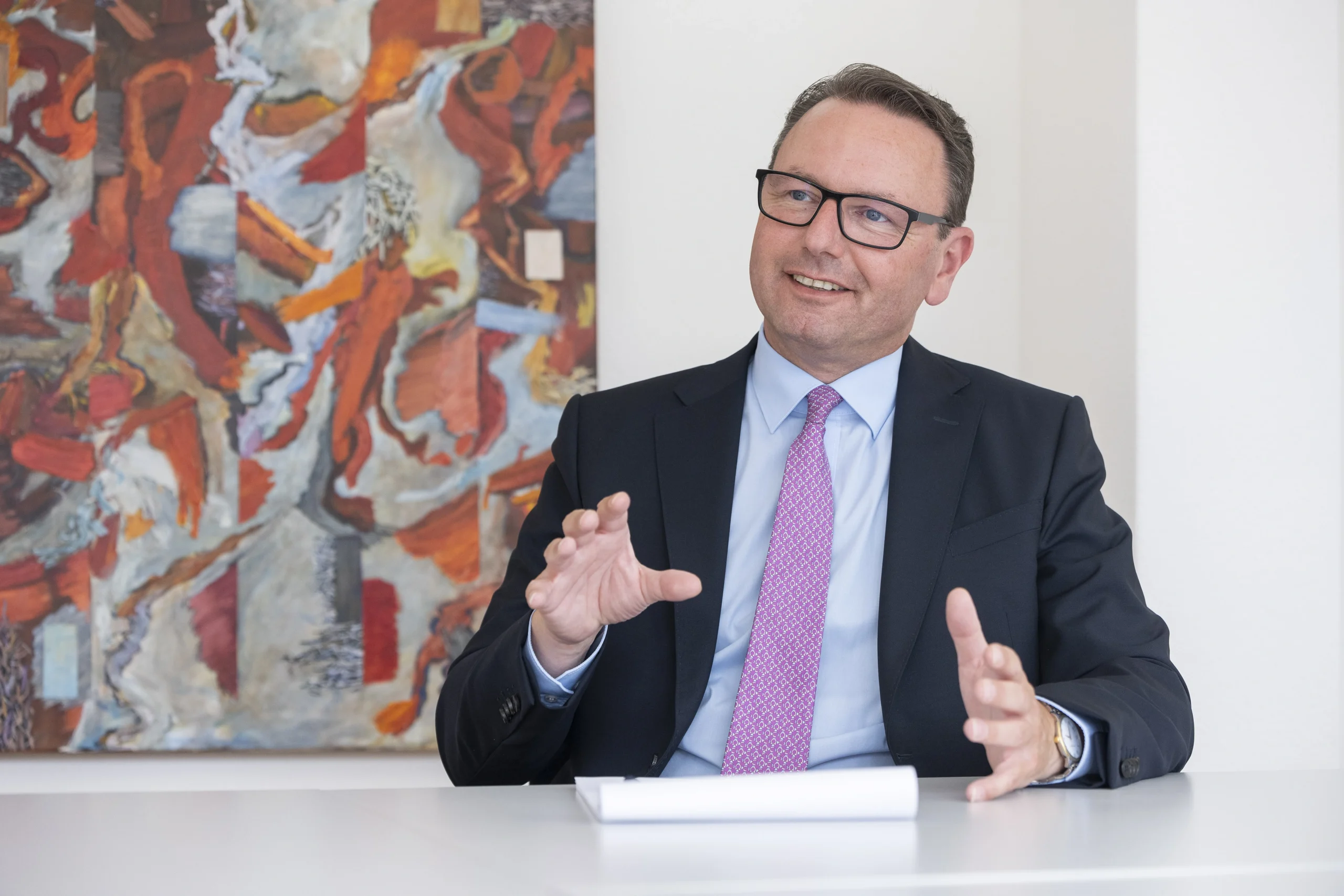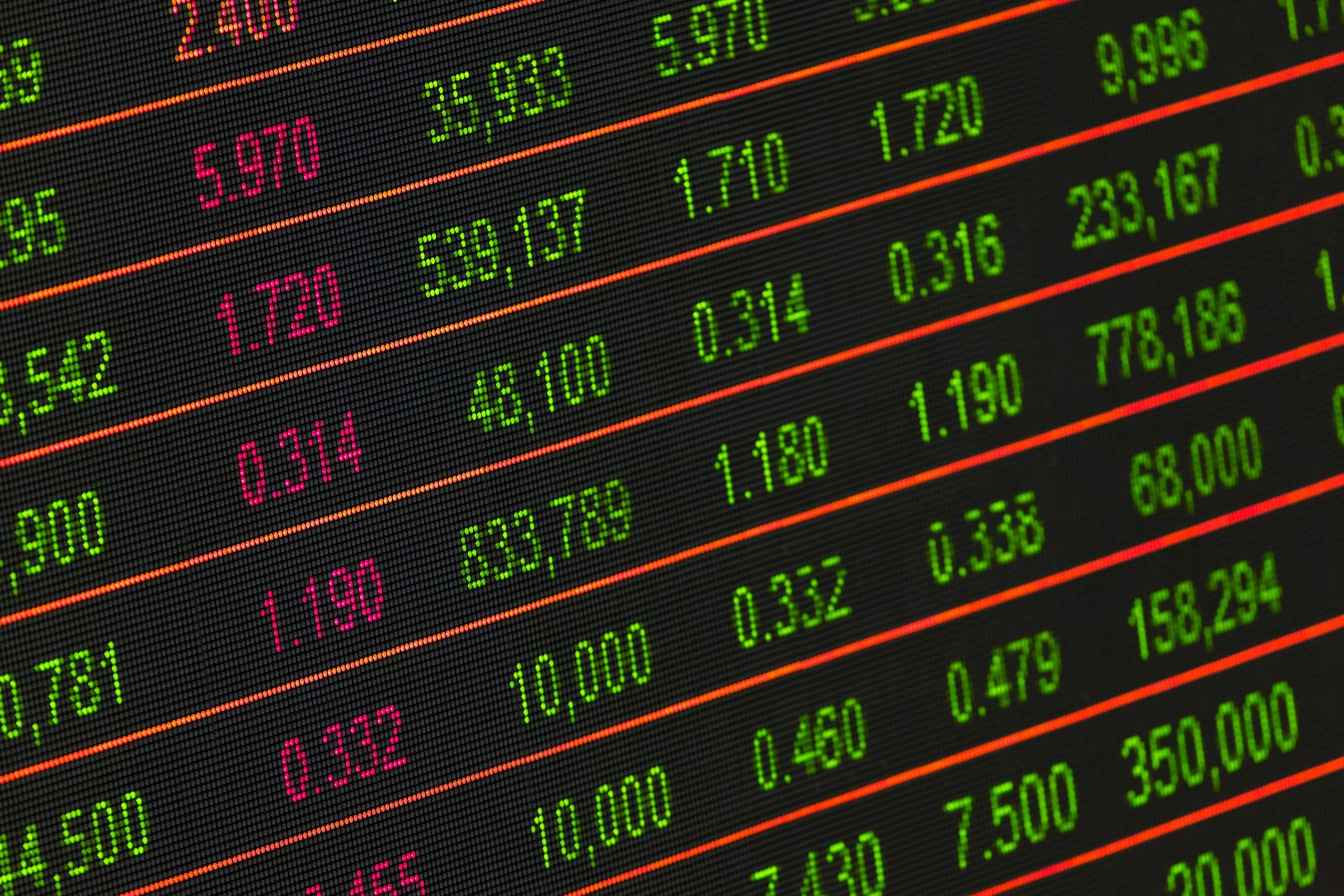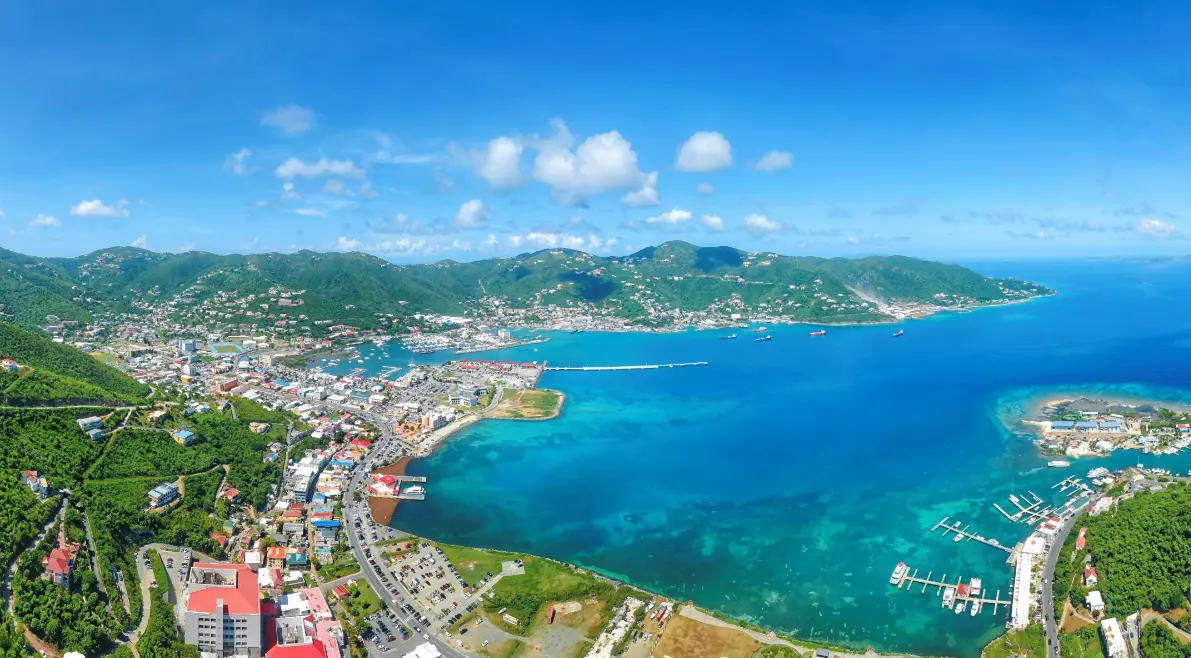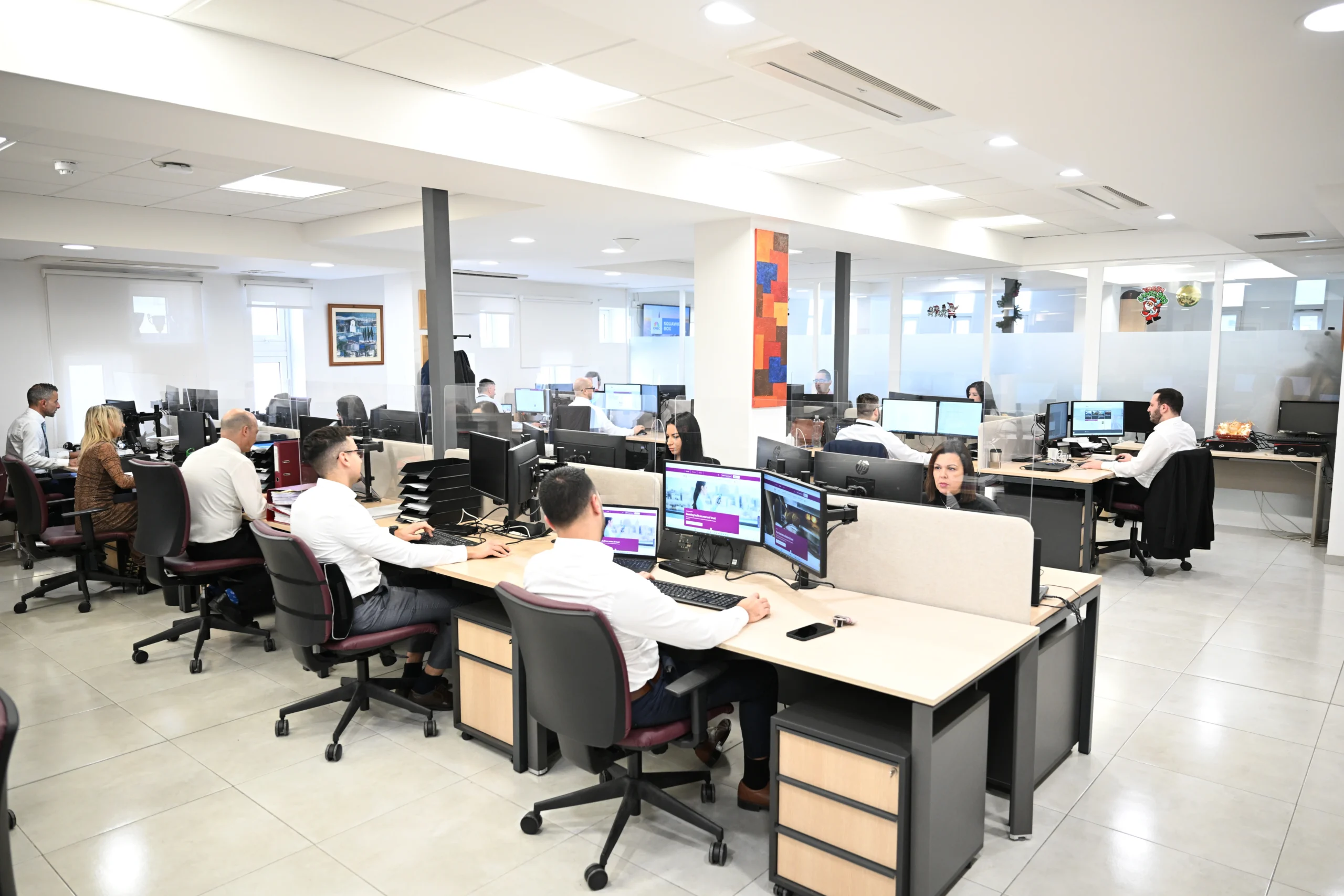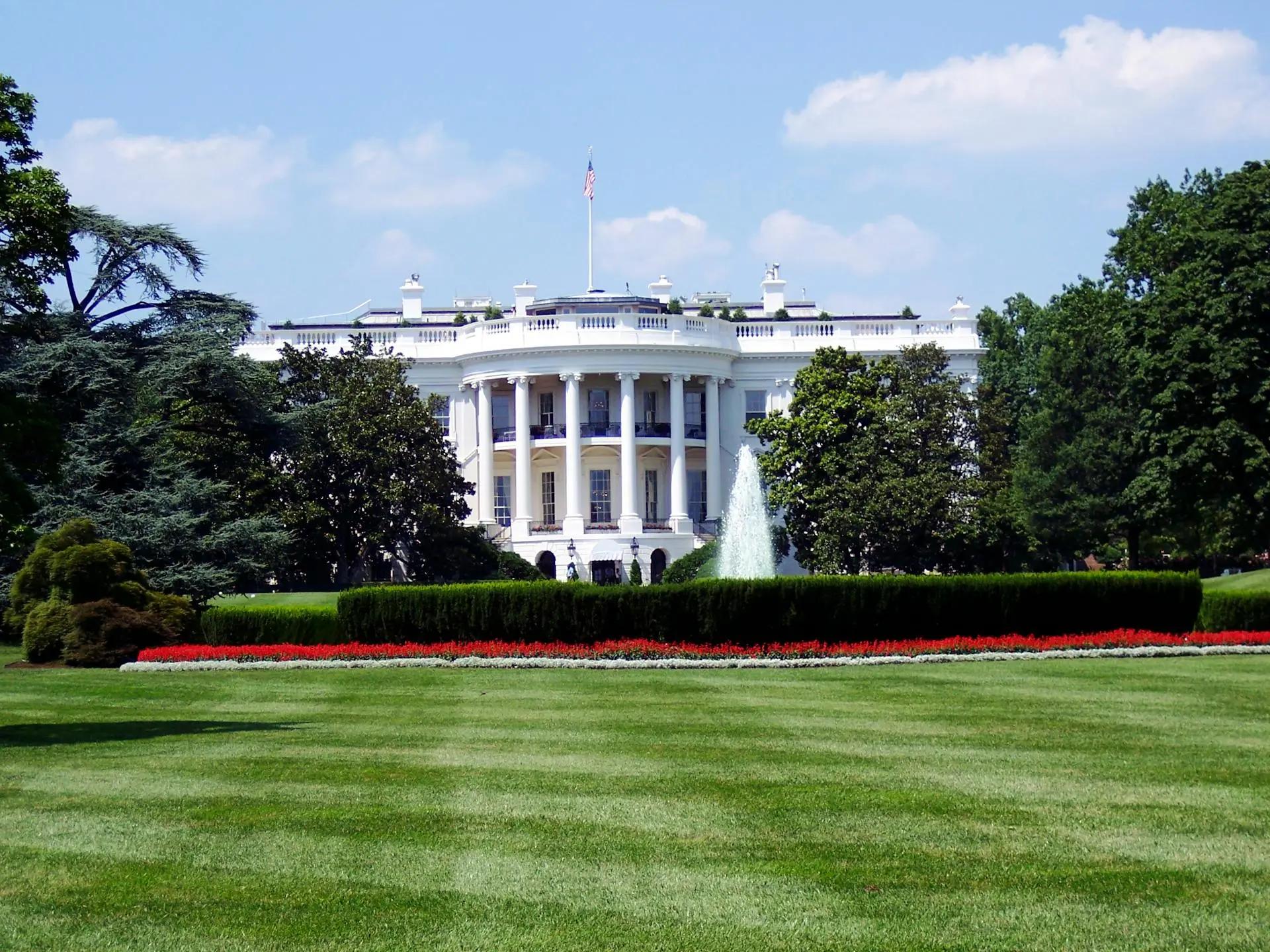Brand value of world’s largest banks contracts for second year running

John E. Kaye
- Published
- Banking & Finance, Home
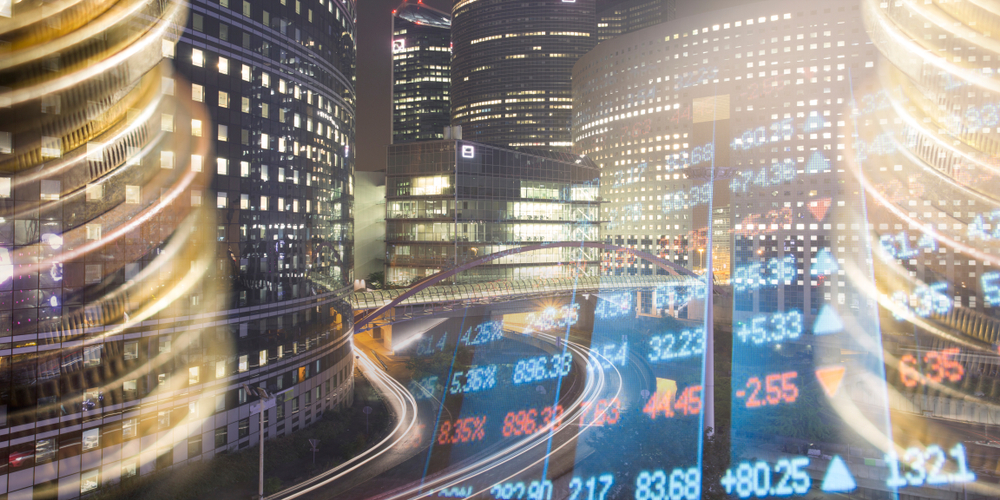
World’s most valuable banking brands suffer severe decline in brand value following devastating effects of COVID-19 pandemic, two-thirds record brand value loss
As governments scramble to stimulate economic growth in the face of the ongoing global health crisis, and profits and interest rates take a hit, nearly two-thirds of the world’s 500 most valuable banking brands have recorded brand value losses, according to the latest report by Brand Finance – the world’s leading brand valuation consultancy, published by The Banker magazine yesterday.
The industry has seen a dramatic downturn in the past two years when compared with previous year-on-year performance. The total brand value in the annual Brand Finance Banking 500 ranking increased by 10% in 2018 (from US$1.07 trillion to US$1.18 trillion) and again by 15% in 2019 (US$1.36 trillion) but decreased by 2% and 4% in 2020 (US$1.33 trillion) and 2021 (US$1.27 trillion), respectively.
The economic impacts of the COVID-19 pandemic are difficult to ignore, with global GDP forecasted to shrink by over 4%, which would signal the largest global recession since the Second World War.
Analyses conducted by Brand Finance on the world’s most valuable brands over three recessionary periods indicate that, on average, of the 100 brands that lost the most brand value during each recession, 74 of them were banks. On the other hand, of the 100 most successful brands during the recessions, 30 were banks.
Apart from calculating brand value, Brand Finance also determines the relative strength of brands through a balanced scorecard of metrics evaluating marketing investment, stakeholder equity, and business performance. Alongside revenue forecasts, brand strength is a crucial driver of brand value. Banks with a Brand Strength Index (BSI) score below 60 out of 100 experienced an average decline in brand value of 20%, whereas of the banks with a BSI score above 70, the average fall in brand value was only 8% – proving just how important it is for banks to have stronger brands than their competitors during an economic downturn.
David Haigh, CEO of Brand Finance, commented:
“Banking institutions were the main culprit in the last financial crash; this time around they are a large part of helping people overcome the repercussions of COVID-19. Brand Finance research shows that banks’ responses to the global pandemic have led to a year-on-year increase in overall reputation scores among customers, which no doubt could result in an uptick in brand values in the coming year.”
“The widespread shift to digital has also opened up opportunities for banks to deliver better customer service and faster innovations, which goes a long way in enhancing brand awareness and value,” added Joy Macknight, managing editor of The Banker. “Those banks that have been investing time and resources in the digital transformation of their operations over the past few years have seen that investment pay off during the pandemic, as they were able to quickly respond to new customer needs.”
Total brand value of top UK banks drops 15%
The collapse of the UK business economy, as the government drives low interest rates, and the uncertainty surrounding the UK’s departure from the EU, is reflected in UK banks’ brand values this year. The total brand value of the most valuable UK banks in the Brand Finance Banking 500 2021 ranking fell 15% cumulatively.
The highest ranked British bank in 11th, HSBC, has lost 13% of brand value to US$17.0 billion. Over the last year, HSBC has had to navigate a dent in profits and lower interest rates sparked by the pandemic, political tensions between the US and China, and the uncertainty surrounding Brexit, causing the brand’s profits to plunge by 65% in the first half of 2020.
OneSavings Bank grows impressive 26%
OneSavings Bank is the fastest growing British bank in the ranking, recording a 26% brand value increase to US$350 million, simultaneously jumping 47 spots to 353rd. The specialist lender, which focuses on underserved sub-sectors of the mortgage market, is one of only three UK banks that grew their brand value over the course of 2020, alongside Standard Charter (brand value up 6% to US$6.1 billion) and Virgin Money (up 3% to US$704 million).
The end of 2019 saw the completion of the merger between OneSavings Bank and Charter Court Financial Service, which propelled the brand to be a leading specialist lender across the country, with even greater scale and resources to support the brand on its growth strategy.
Chinese banks maintain dominance
Chinese banks maintain dominance of the Brand Finance Banking 500 2021 ranking, accounting for one-third of total brand value and seven of the ten top climbers by absolute brand value. Chinese banks have been largely impervious to the issues plaguing their counterparts elsewhere in the world – as two-thirds of brands in the ranking have experienced losses, Chinese banks recorded a healthy 3% average brand value growth. This is largely attributable to the banking sector’s role in China’s timely and effective response to COVID-19, which included regulatory policy adjustments for asset management, wealth management, and inter-banking, as well as increased investment into digitalisation.
Despite a 10% drop in brand value to US$72.8 billion, ICBCremains the world’s most valuable banking brand. As the biggest bank in China, ICBC continues to fare well with consumers, regardless of the bank’s depreciating brand value due to the pandemic’s negative impact on its investment portfolio return. Nonetheless, the brand maintains a healthy lead ahead of China Construction Bank(down 5% to US$59.6 billion) and Agricultural Bank of China (down 3% to US$53.1 billion), which come in at 2nd and 3rd place in the ranking, respectively.
China Guangfa Bank is also a remarkable addition to the country’s portfolio, entering the Brand Finance Banking 500 2021 ranking for the first time at an impressive 84th position and valued at US$3.3 billion. The Hong Kong Monetary Authority recently granted China Guangfa Bank a banking licence, widening its footprint outside of mainland China.
David Haigh, CEO of Brand Finance, commented:
“Chinese banks have scored extremely well in Brand Finance’s Global Brand Equity Monitor research this year, ranking highly for attributes such as recommendation. This is undoubtedly an effect of China’s management of the COVID-19 pandemic, which has allowed its economy to continue functioning relatively unscathed, allowing space for banks to grow further.”
US banks five spots in top ten
US banks account for almost a quarter of the total brand value in the ranking – the nation’s 74 banks reaching a cumulative brand value of US$274.8 billion. Five US brands feature in the top 10: Bank of America (down 7% to US$32.8 billion), Citi (down 3% to US$32.2 billion), Wells Fargo (down 22% to US$31.8 billion), Chase (down 8% to US$28.8 billion), and JP Morgan (up 3% to US$23.6 billion). Bank of America remains the most valuable banking brand in the US, placing fifth overall, and JP Morgan is the only brand in the top 10 to record a positive value change.
Currently holding the lowest reputation score among all banks in the US, Wells Fargo experienced the largest decline in brand value – dropping two places to seventh overall, and third in the US – the result of failing to rebuild favour among customers in the wake of several past scandals.
Citi, the third largest US bank by assets, has emerged as the strongest retail bank in the US with a BSI score of 80.7 out of 100 and AAA- brand rating (up from AA+ in 2020). Citi has also climbed one place in the ranking to 6th position, following a rapid rebound in its profits in the third quarter of last year.
Spotlight on Vietnam
Vietnam’s banking sector has seen the greatest year-on-year brand value growth compared to any other nation in the ranking, standing at 23%. Vietnam’s ability to effectively control and constrain COVID-19 has allowed it to buck the sector-wide trend of declining brand value. Internal reforms have strengthened accountability of the Vietnamese financial sector, which has had the knock-on effect of boosting not just revenues, but brand reputation and trust. Vietnam’s banking sector has also recorded a 753% 5-year cumulative brand value growth, the second fastest national growth in the ranking.
Union Bank of India cashes in, up 163%
The Union Bank of India saw the fastest year-on-year growth of any bank globally, growing by 163% to US$1.2 billion and simultaneously soaring 128 places to claim 169th spot.
The amalgamation between Andhra Bank and Corporation Bank is primarily responsible for this growth – borne as part of a nationwide effort to consolidate India’s banking space. This success is also mirrored at the national level. Apart from China, India was the only nation in the top 10 countries by total brand value to see growth, with its cumulative brand value up 3% this year.
Ones to watch
While some of the world’s largest banks have floundered during the pandemic, 23 insurgent newcomers have joined the ranking, hailing from Europe, Asia, the US, and South America.
The highest new entrant is Truist at 36th position, with a brand value of US$8.0 billion. Formed in 2019 – a result of a merger between BB&T and SunTrust, which sat in 68th and 86th in the 2019 iteration of the Brand Finance Banking 500 ranking, respectively, with a combined brand value of US$7.2 billion. This merger is testament to the power of rebranding and a revised strategy, demonstrating that brands can be reinvigorated even in the face of a global crisis.
Sber overtakes BCA as sector’s strongest
Sberhas been increasing in brand strength year-on-year to become the strongest brand in the Brand Finance Banking 500 2021 ranking and the world’s third strongest brand across all sectors in the Brand Finance Global 500, with a Brand Strength Index (BSI) score of 92.0 out of 100 and a coveted AAA+ brand strength rating.
As the largest bank in Russia, Sber has benefitted from its stable brand and high levels of customer loyalty. These have only been boosted by the recent rebranding to consolidate its ecosystem of services – encompassing banking, health, and logistics, among others – around the Sber brand. Sber is poised for further success, as the company’s pledge to spend more on its brand in the coming year is likely to further boost its BSI score.
In Brand Finance’s original market research, Sber consistently outperforms its peers in overall reputation and familiarity – it is widely known, always top-of-mind, and well-regarded. As a result, recommendation is high. Its ubiquitous presence and – in consumers’ eyes – by far the best digital offering ensure high mental and physical availability, which are strong foundations for brand strength.
David Haigh, CEO of Brand Finance, commented:
“Sber’s successful rebranding as a cross-sector tech brand can be an example to other market leaders worldwide. While some rest on their laurels and are often surprised by disruptive challengers, Sber is focused on the future, innovating and modernising with their customers’ best interests in mind.”
Despite this success, Sber is not divorced from the wider issues stemming from the COVID-19 pandemic. Sber’s 13% brand value drop in local currency terms has been exacerbated by the increased risk in the Russian economy, following the mid-year collapse in oil prices and the subsequent weakening of the Russian ruble, resulting in an overall 29% drop in USD terms to US$9.4 billion.
As the second strongest brand in the ranking, Indonesia’s BCA has maintained its BSI score of 91.6 out of 100 and is the only brand aside from Sber to have been awarded an elite brand strength rating of AAA+. The brand remains one of the biggest banks in the ASEAN region and has the largest market capitalisation value on the Indonesian Stock Exchange.
South Africa provides the third strongest banking brand this year, Capitec Bank, which has maintained its BSI score of 89.2 out of 100 and corresponding AAA rating. Surpassing the 15 million client mark in December 2020, Capitec has more customers than any other South African bank, benefiting from its excellent customer service and personalised banking experience. Fellow South African brand, First National Bank, in 4th place for brand strength globally, is also the most valuable bank in all of Africa with a brand value of US$1.3 billion.
David Haigh, CEO of Brand Finance, commented:
“Few sectors have been as detrimentally affected by the COVID-19 pandemic as the banking industry, reflected in the overall brand value decline this year. Within this context, Sber, BCA, and Capitec Bank have fared extremely well, retaining their elite brand strength ratings through positive reputations and consumer perceptions of their brands.”
Further information
Sign up to The European Newsletter
RECENT ARTICLES
-
 UK government sets up Women in Tech taskforce amid gender imbalance concerns
UK government sets up Women in Tech taskforce amid gender imbalance concerns -
 Liechtenstein lands AAA rating again as PM hails “exceptional stability”
Liechtenstein lands AAA rating again as PM hails “exceptional stability” -
 Lusaka Securities Exchange surges ahead on reform momentum
Lusaka Securities Exchange surges ahead on reform momentum -
 PROMEA leads with ESG, technology and trust in a changing Swiss market
PROMEA leads with ESG, technology and trust in a changing Swiss market -
 Why collective action matters for pensions and the planet
Why collective action matters for pensions and the planet -
 Structuring success with Moore Stephens Jersey
Structuring success with Moore Stephens Jersey -
 PIM Capital sets new standards in cross-jurisdiction fund solutions
PIM Capital sets new standards in cross-jurisdiction fund solutions -
 Innovation, advisory and growth: Banchile Inversiones in 2024
Innovation, advisory and growth: Banchile Inversiones in 2024 -
 Digitalization, financial inclusion, and a new era of banking services: Uzbekistan’s road to WTO membership
Digitalization, financial inclusion, and a new era of banking services: Uzbekistan’s road to WTO membership -
 Fermi America secures $350m in financing led by Macquarie Group
Fermi America secures $350m in financing led by Macquarie Group -
 Banchile Inversiones receives three prestigious international awards
Banchile Inversiones receives three prestigious international awards -
 What makes this small island one of the world’s most respected financial hubs?
What makes this small island one of the world’s most respected financial hubs? -
 MauBank wins international award for tackling barriers to finance
MauBank wins international award for tackling barriers to finance -
 ‘It’s like a private bank but with retail rates’: Inside Jersey’s mortgage market for new high-value residents
‘It’s like a private bank but with retail rates’: Inside Jersey’s mortgage market for new high-value residents -
 How one fintech is using AI to fix Latin America’s broken mortgage system
How one fintech is using AI to fix Latin America’s broken mortgage system -
 Why the humble trading journal could be your edge in volatile markets
Why the humble trading journal could be your edge in volatile markets -
 The smart way to structure family wealth: Why Liechtenstein funds are in demand
The smart way to structure family wealth: Why Liechtenstein funds are in demand -
 How market concentration is creating new risks and opportunities
How market concentration is creating new risks and opportunities -
 Staying the course in an unpredictable market
Staying the course in an unpredictable market -
 Decision-making factors when establishing a foundation
Decision-making factors when establishing a foundation -
 Why the British Virgin Islands remains a top destination for global business
Why the British Virgin Islands remains a top destination for global business -
 Malta’s growing appeal as a financial services domicile
Malta’s growing appeal as a financial services domicile -
 Matthieu André on AXA IM Select’s award-winning approach to multi-manager investing
Matthieu André on AXA IM Select’s award-winning approach to multi-manager investing -
 A legacy built on trust
A legacy built on trust -
 U.S voters slam economy as ‘on wrong track’ — but back skills revolution, poll finds
U.S voters slam economy as ‘on wrong track’ — but back skills revolution, poll finds



